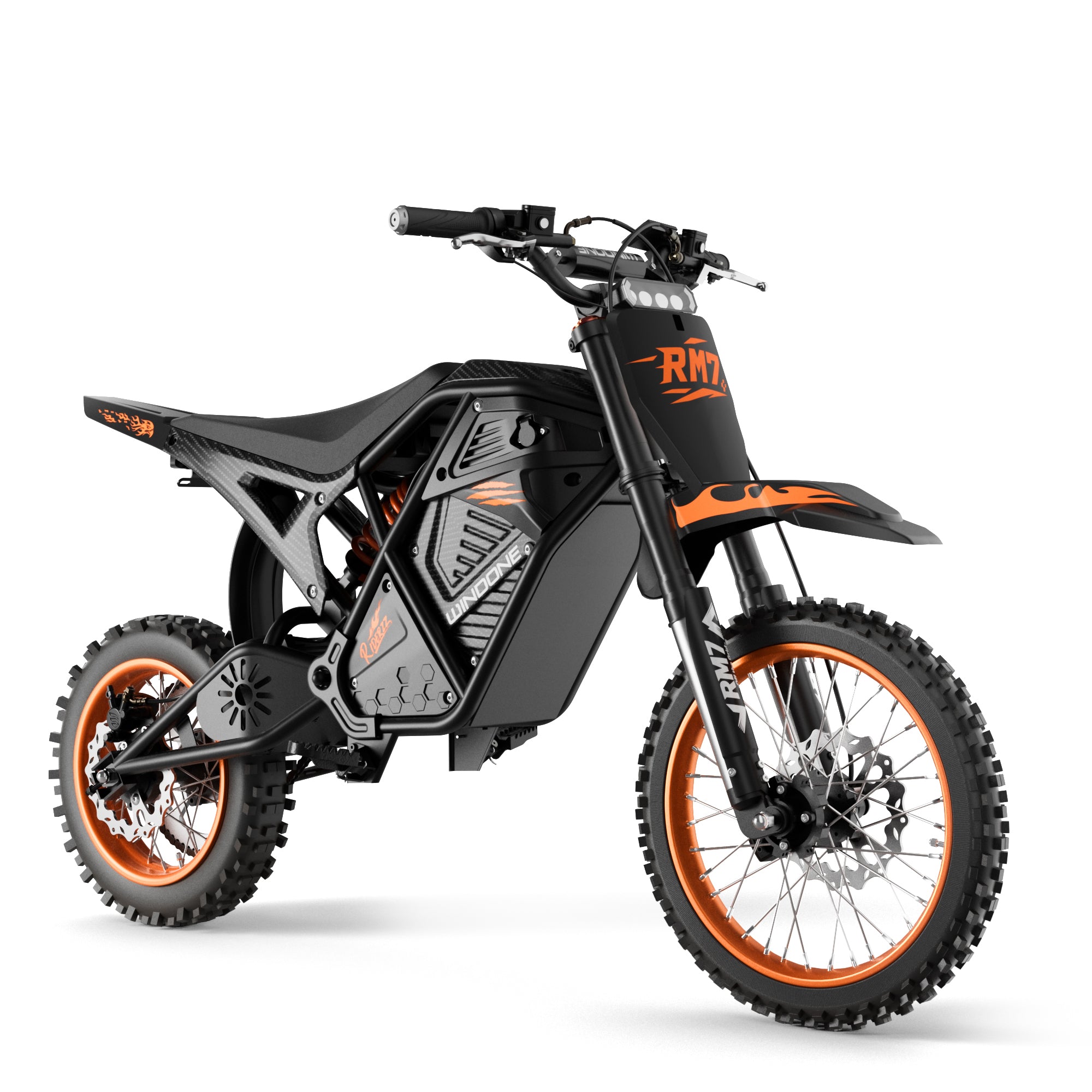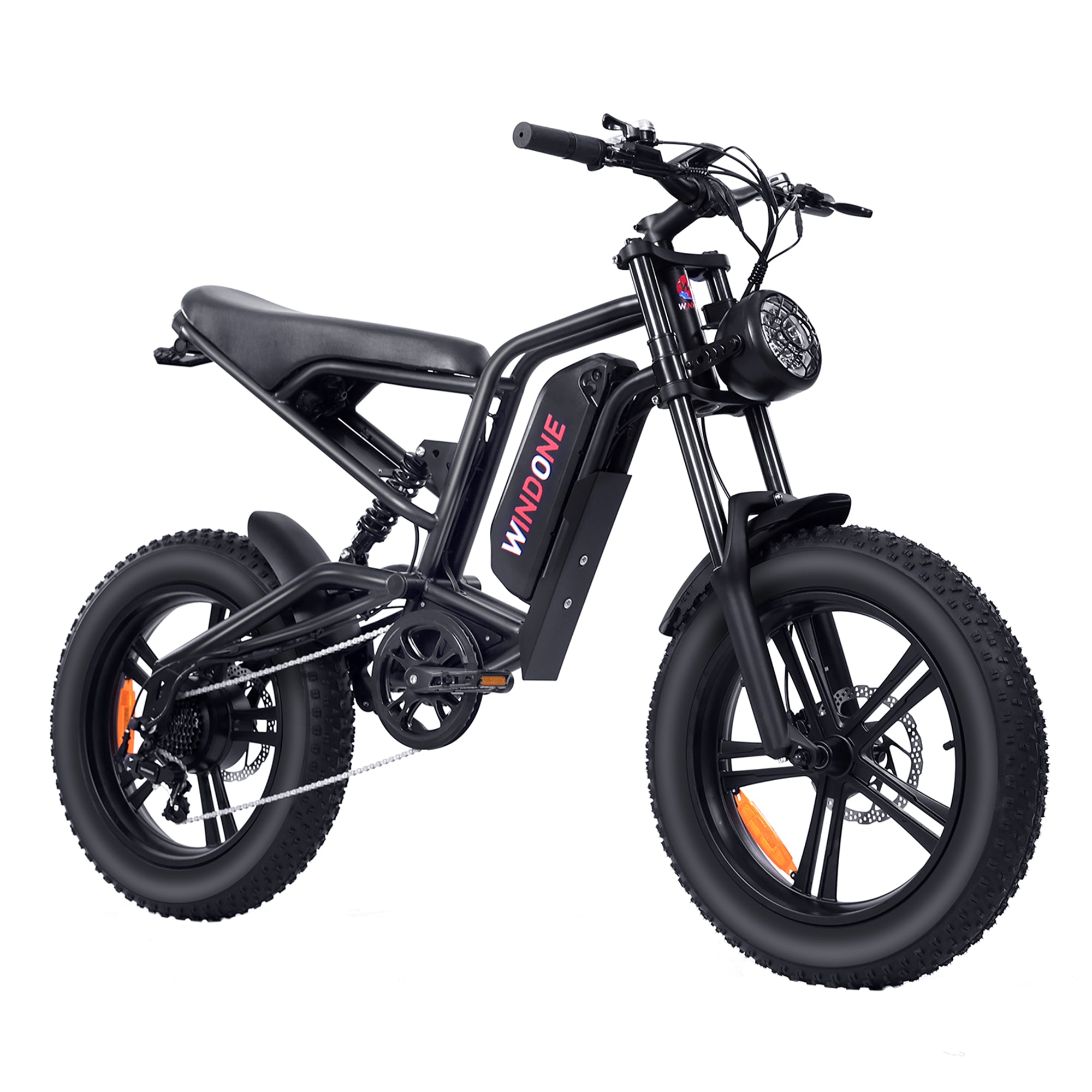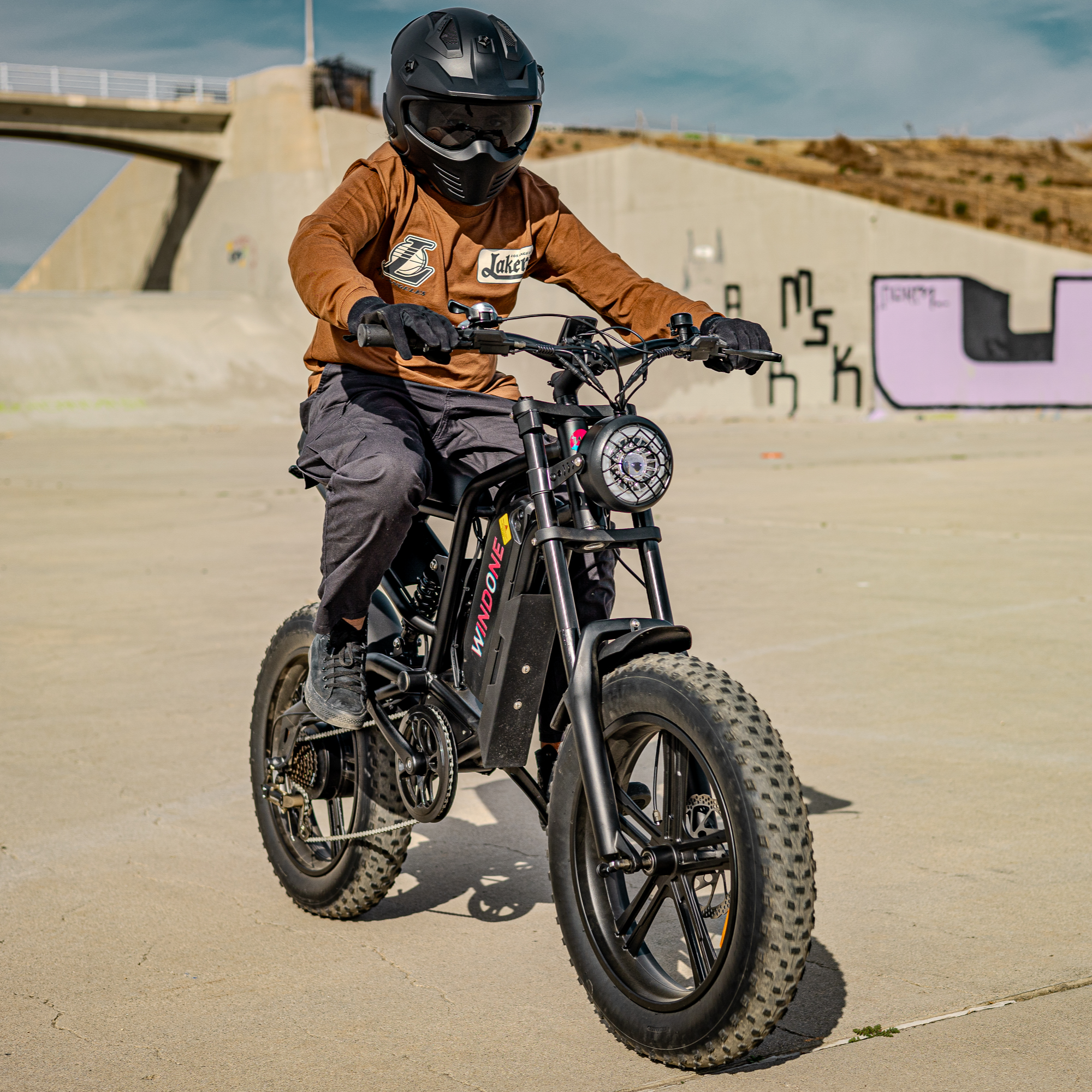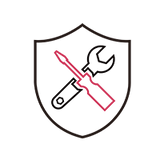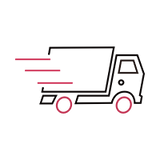When you want to choose right size eBike for your height, start with a tape measure. Measure your height and inseam to get the best fit. Use the sizing chart from the manufacturer to match your measurements to the right size bike. You should always check the stand-over height so you feel safe and stable. Adjust the saddle and handlebars for comfort. The right size bike gives you better control and makes every ride more enjoyable. If you wonder how to choose a bike size, these steps help you pick the right bike size for your needs.
Key Takeaways
-
Carefully measure your height and inseam to pick the right eBike size.
-
Look at the manufacturer’s sizing chart to match your numbers to the bike frame.
-
Always check the stand-over height for safety and easy getting on.
-
Change the saddle and handlebars to feel comfortable and have better control.
-
If you feel pain or are not comfortable, check your bike fit again or ask a professional for help.
Why Bike Fit Matters
Comfort and Safety
When you ride a bike that fits you well, you feel comfortable and safe. A good fit helps you sit in the right position, so your muscles do not get tired too quickly. You avoid pain in your knees, back, and neck. If your bike fit is off, you might notice pain or numbness in your hands, feet, or even your seat. You may also find it hard to control your bike, especially when turning or stopping.
A proper bike fit does more than just keep you comfortable. It helps you avoid injuries. When your bike matches your body, you reduce the risk of hurting your knees, hips, or lower back. You can ride longer and enjoy your time on the bike. Many riders find that a good fit keeps them coming back for more rides. You also use your energy better, so you can go faster or farther without feeling worn out.
Tip: If you ever feel pain or discomfort while riding, check your bike fit first. Small changes can make a big difference!
Common Fit Issues
Many riders face problems when their bike does not fit right. Here are some of the most common issues:
-
Muscle fatigue and strain from poor posture.
-
Knee pain from a saddle that is too low or too high.
-
Back pain from the wrong frame size or handlebar position.
-
Wrist and neck pain from reaching too far for the handlebars.
-
Trouble handling the bike, like feeling unstable or having trouble turning.
You might also notice these signs:
-
Your saddle feels too high or too low.
-
You have to stretch too much to reach the handlebars.
-
You cannot pedal smoothly without overextending your legs.
Here is a quick table to help you spot and fix common fit problems:
| Issue Type | Symptoms/Description | Common Causes | Suggested Fixes |
|---|---|---|---|
| Knee Pain | Pain in front, back, or sides of knee | Saddle too high/low, wrong crank length | Adjust saddle height and position |
| Wrist Pain | Numbness or tingling in hands | Handlebars too low, saddle tilt | Raise handlebars, level saddle |
| Back & Neck Pain | Soreness after riding | Poor handlebar or torso position | Adjust handlebar height, improve posture |
| Saddle Sores | Discomfort or numbness in seat area | Wrong saddle size or angle | Change saddle, adjust angle |
A proper bike fit helps you avoid these problems. If you notice any of these issues, try making small adjustments or ask a professional for help. Your comfort and safety depend on getting the right fit for your bike.
How to Choose Right Size

Choosing the right size eBike starts with knowing your own measurements. If you want to feel comfortable and safe, you need to measure yourself for a bike before you look at any bike sizing chart. Let’s break down the steps so you can choose right size every time.
Measure Height and Inseam
You might wonder how to measure yourself for a bike. It’s easier than you think! Grab a tape measure, a book, and a friend if you need help. Here’s how you do it:
-
Stand with your back straight against a wall. Make sure you are not wearing shoes.
-
Place your feet shoulder-width apart.
-
Use a pencil or tape to mark the top of your head on the wall.
-
Measure from the floor up to the mark. This is your height.
-
Now, for your inseam, stand against the wall again.
-
Place a book between your legs, pressing it up to your crotch like a bike seat.
-
Measure from the top of the book down to the floor. This is your inseam length.
Tip: Always double-check your measurements. Accurate numbers help you choose a bike size that fits you best.
If your height falls between two sizes, you can also measure your arm span. Subtract your height from your arm span to see if you have a longer or shorter reach. This helps you decide if you need a bigger or smaller frame size.
Use Sizing Charts
Once you have your height and inseam, it’s time to use a bike sizing chart. Every manufacturer has their own chart, so always check the one for your chosen brand. Here’s what you need to know about how to choose a bike size for men, women, and kids:
-
Women’s eBikes often have shorter frames, narrower handlebars, and sometimes a step-through design.
-
Men’s and unisex eBikes usually have longer frames and wider handlebars.
-
Kids’ eBikes use wheel size instead of frame size. The bike sizing chart for kids lists wheel diameter.
Here’s a quick look at how sizing a bike works for different types:
| Rider Height | Inseam Length | Commuter Frame Size (inches) | Mountain Frame Size (inches) | Kids’ Wheel Size (inches) |
|---|---|---|---|---|
| 4'10" - 5'1" | 24" - 29" | 14" - 15" | 14" - 15" | 20" |
| 5'1" - 5'5" | 25" - 30" | 15" - 16" | 15" - 16" | 24" |
| 5'5" - 5'9" | 26" - 31" | 16" - 17" | 16" - 17" | 26" |
| 5'9" - 6'0" | 27" - 32" | 17" - 18" | 17" - 18" | 26" |
You can also use online tools like the bike size calculator.
Note: Sizing charts can be different for each bike type.
Stand-Over Height and Clearance
Don’t forget to check the stand-over height.
-
Stand over the bike with both feet flat on the ground.
-
Make sure there is at least one inch (two inches is even better) between your body and the top tube.
-
If you feel cramped or the bike feels too tall, try the next size down.
🚲 Quick Tip: Never skip the stand-over test.
Check Bike Fit
Stand-Over Height
You want to make sure your bike fits you well, and checking the stand-over height is a big part of that.
-
Stand flat-footed with your back against a wall.
-
Place a book between your legs, pushing it up to your crotch like you’re sitting on a bike saddle.
-
Mark the wall at the top of the book.
-
Measure from the floor to the mark. This is your stand-over height.
When you try a bike, stand over the top tube. You should have about 1-2 inches of space between your inseam and the top tube.
Tip: Always check the stand-over height before you buy.
Handlebar and Saddle Adjustments
After you check the stand-over height, you need to adjust the saddle and handlebars for the best fit. Start with the saddle. Use the heel-to-pedal method: sit on the saddle, put your heel on the pedal at the lowest point, and make sure your leg is straight.
Next, look at your handlebar position.
Now, take the bike for a short ride.
Special Fit Tips
Between Sizes
-
Sit on both sizes if you can. Choose the one that feels best when you ride.
-
Think about your body shape. If you have a longer torso, you might want the larger size for better reach.
-
Adjust the saddle and handlebars.
-
Check your stand-over height.
-
Try a short test ride.
Unique Proportions
You can use your arm span and inseam to help find the best fit. Focus on the top tube length.
-
Adjust the saddle forward or backward to improve your balance.
-
Ask for a professional fitting if you still feel uncomfortable.
Note: A bike that fits your unique shape will feel like an extension of your body.
Stack and Reach
Stack and reach are two important measurements in bike fitting.
🚲 Remember: Stack and reach set the base fit.
To find the right size bike, start by measuring yourself. Use a sizing chart to match your numbers. Check the stand-over height to make sure you fit. Adjust the seat and handlebars until you feel comfortable. If you are not sure, take a test ride. You can also ask a bike shop for help. A bike that fits well helps you feel safe and confident. It also makes riding more fun. Here is a table with some easy tips for a safe and comfy ride:
| Key Aspect | Quick Tip |
|---|---|
| Frame Design | Try a step-through frame for easy access |
| Saddle Comfort | Pick a cushioned, adjustable saddle |
| Handlebars | Adjust for relaxed arms and good control |
You should have a bike that fits you well so you enjoy every ride!
FAQ
What if I am between two eBike sizes?
You can try both sizes if possible. Pick the one that feels more comfortable. If you have longer legs, go for the smaller frame and raise the seat. If you have a longer torso, the bigger frame might fit better.
Can I adjust an eBike to fit me better?
Yes! You can move the saddle up or down. You can also change the handlebar height. Small changes help you feel more comfortable and in control. Test different settings until you find what works best.
Do eBike sizes differ from regular bike sizes?
Most eBike sizes match regular bike sizes. Some eBikes have thicker frames or special designs. Always check the manufacturer’s chart for your model. Don’t guess—measure yourself and compare with the chart.
How do I know if my eBike is too big or too small?
If you feel stretched out or cramped, your bike might not fit. Trouble reaching the handlebars or touching the ground means you need a different size. You should feel balanced and comfortable when you ride.









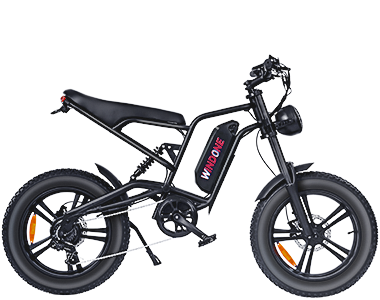
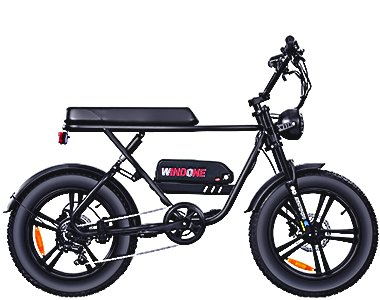
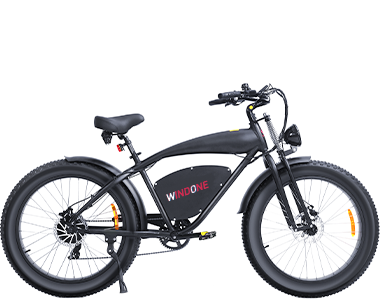
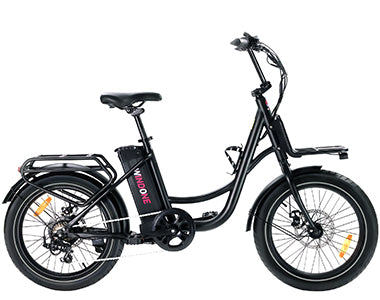

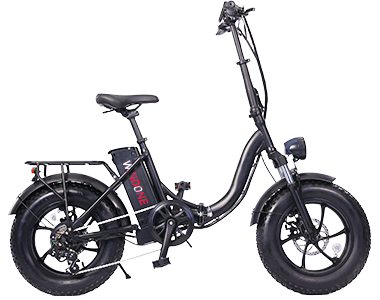


 Ebike Locks
Ebike Locks
 Phone Mount
Phone Mount
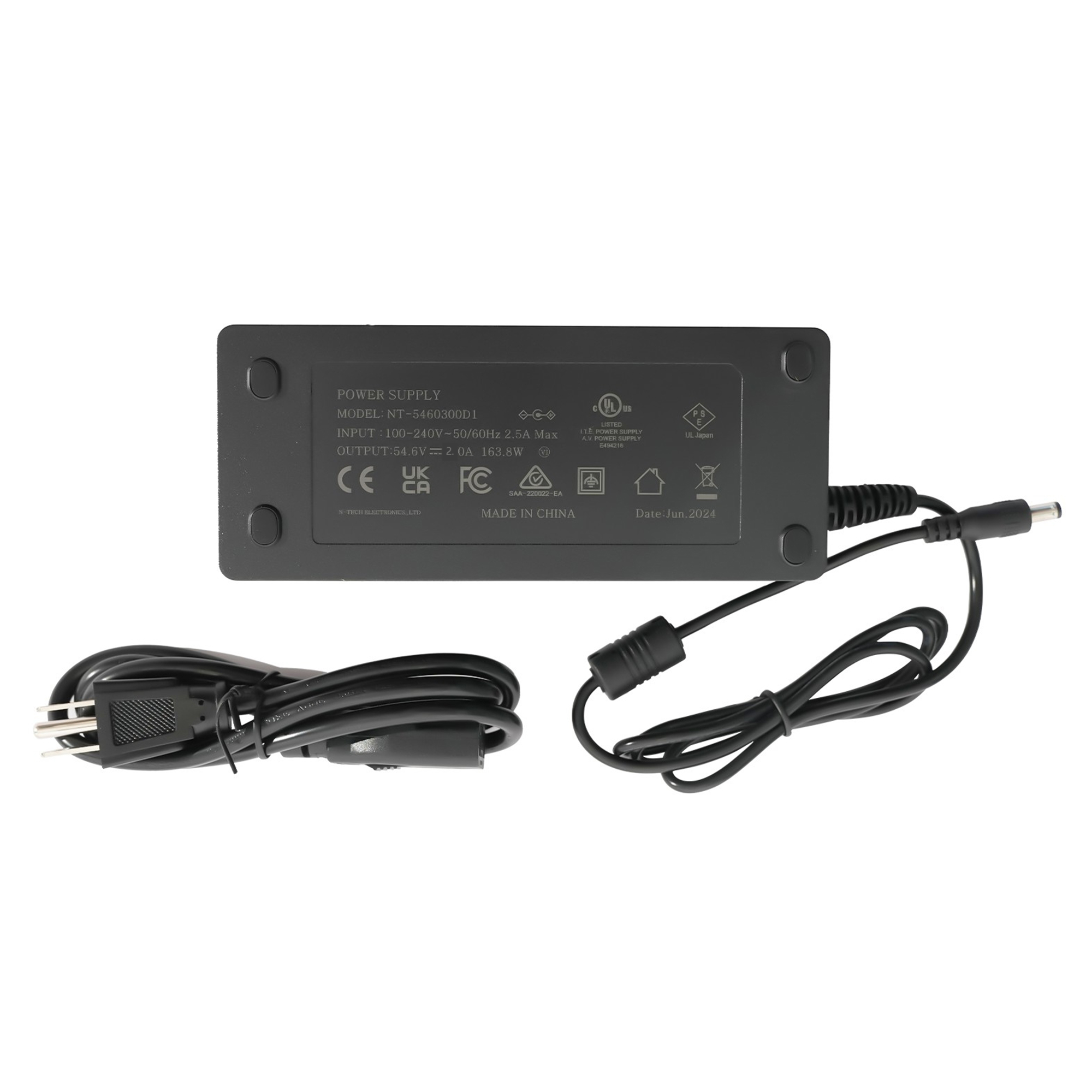
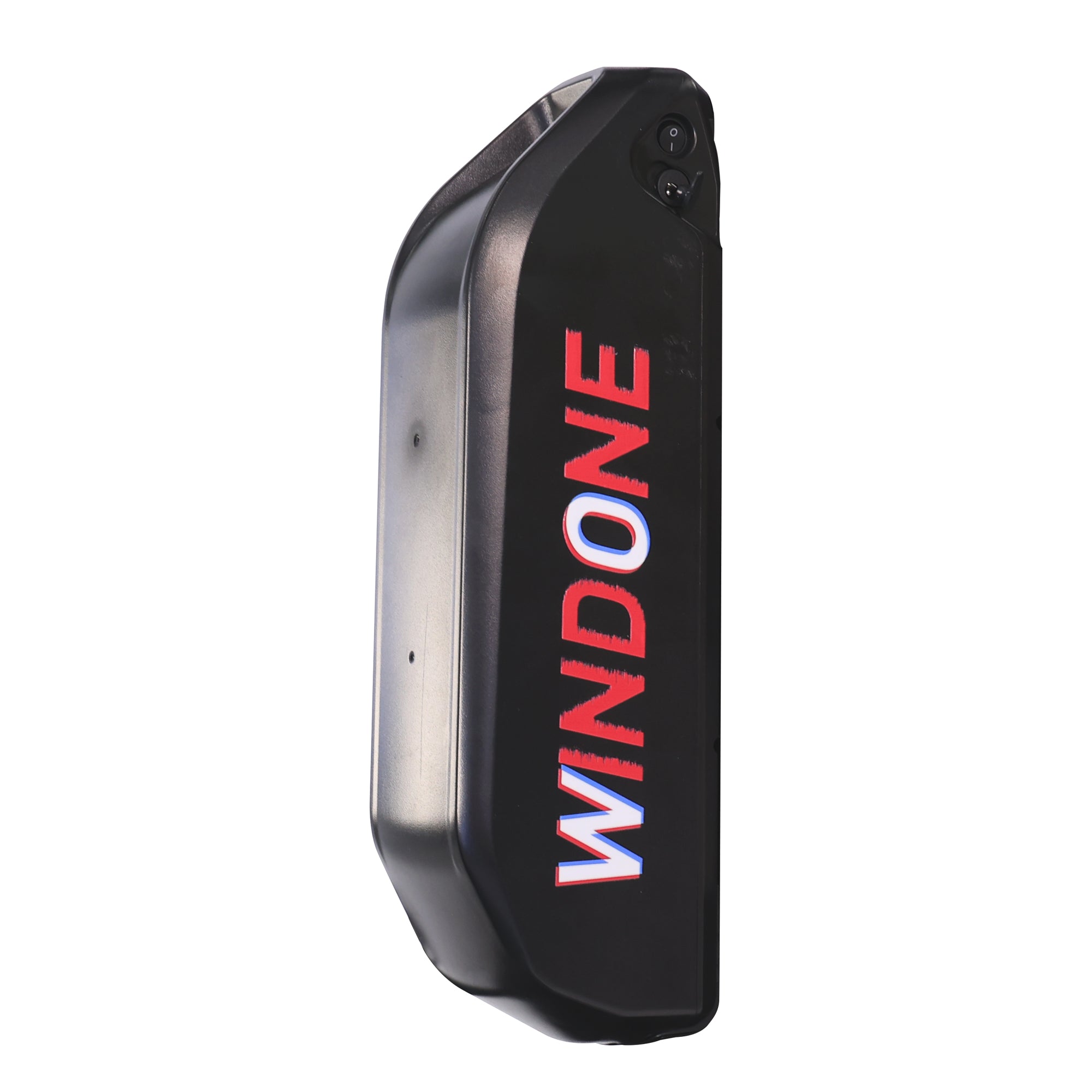
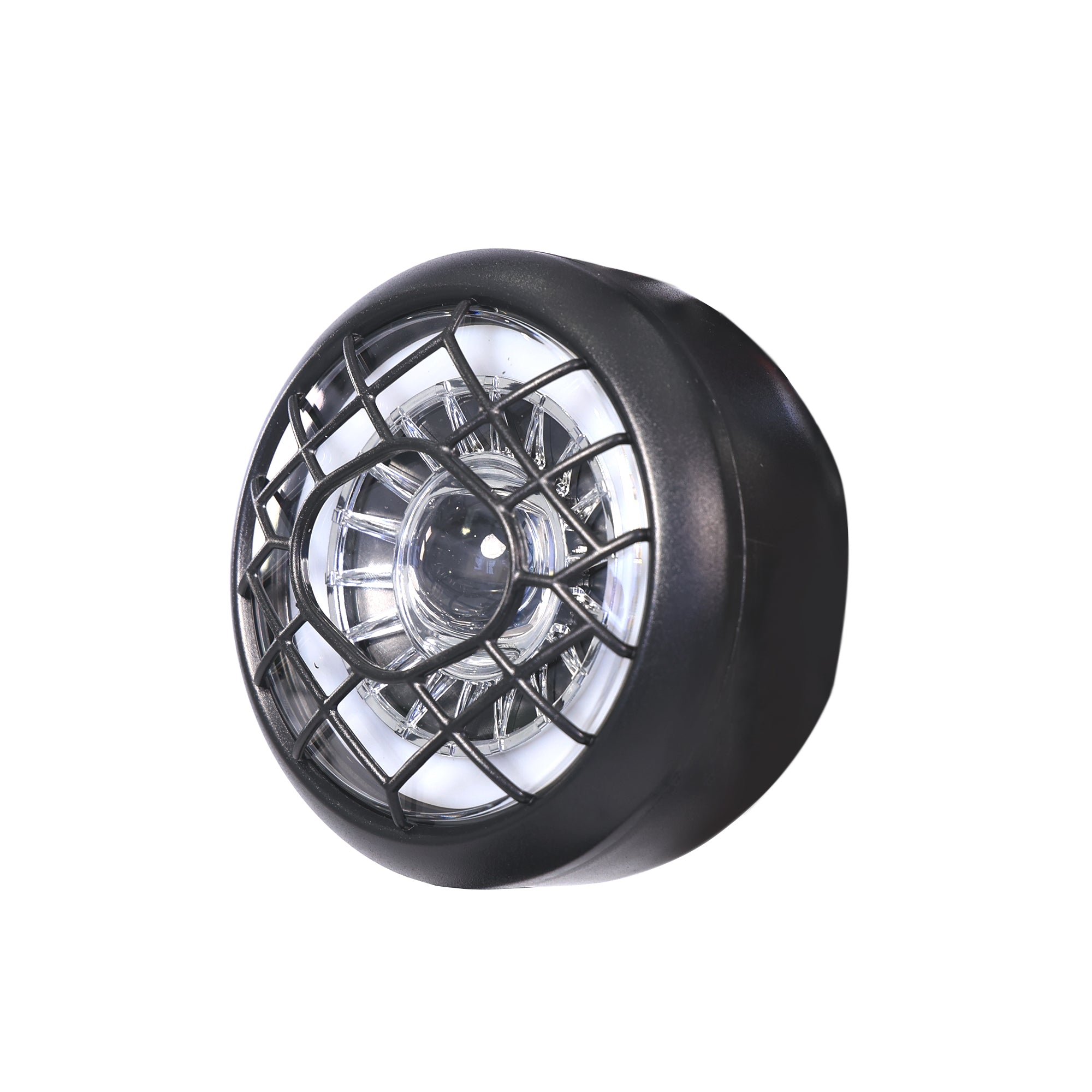
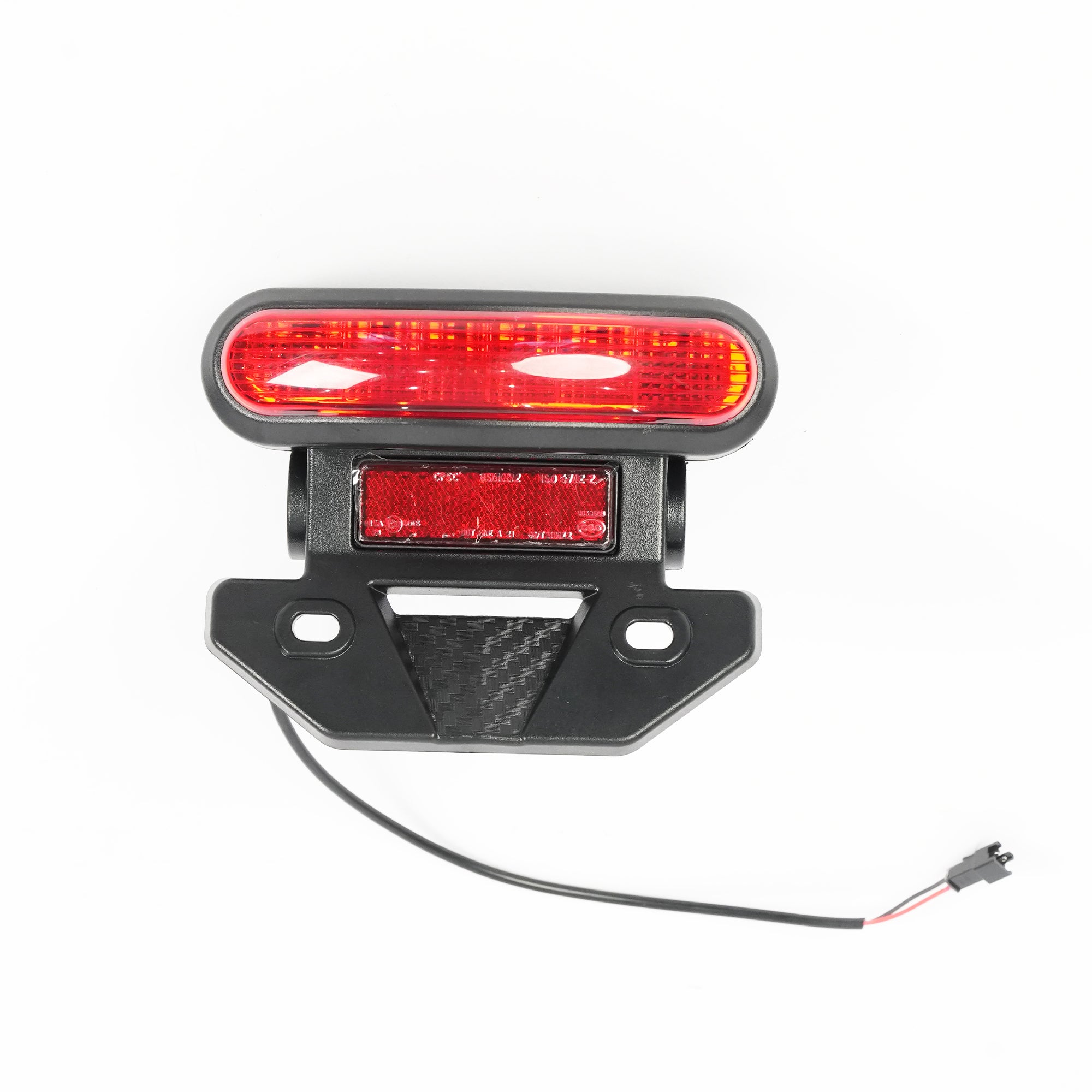
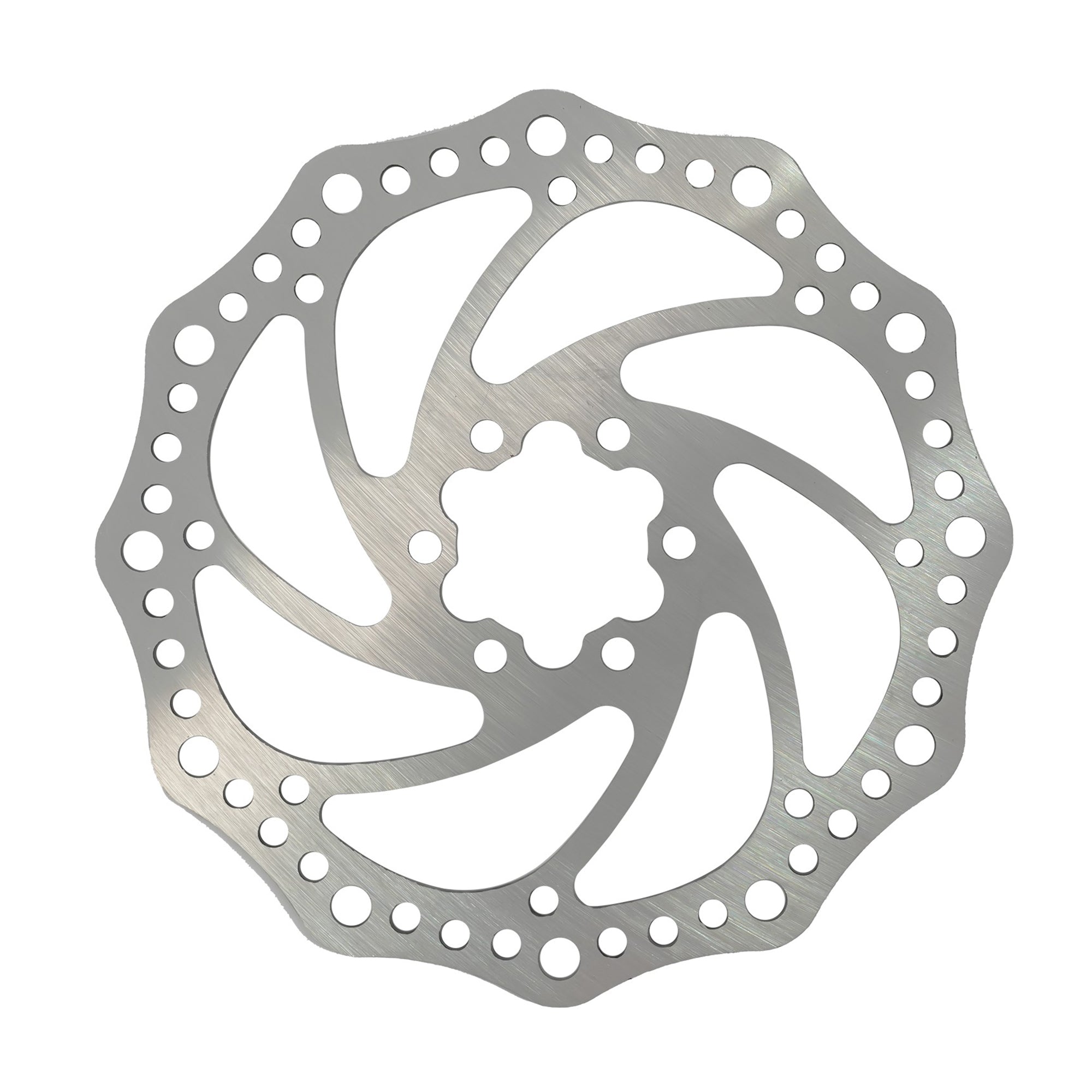

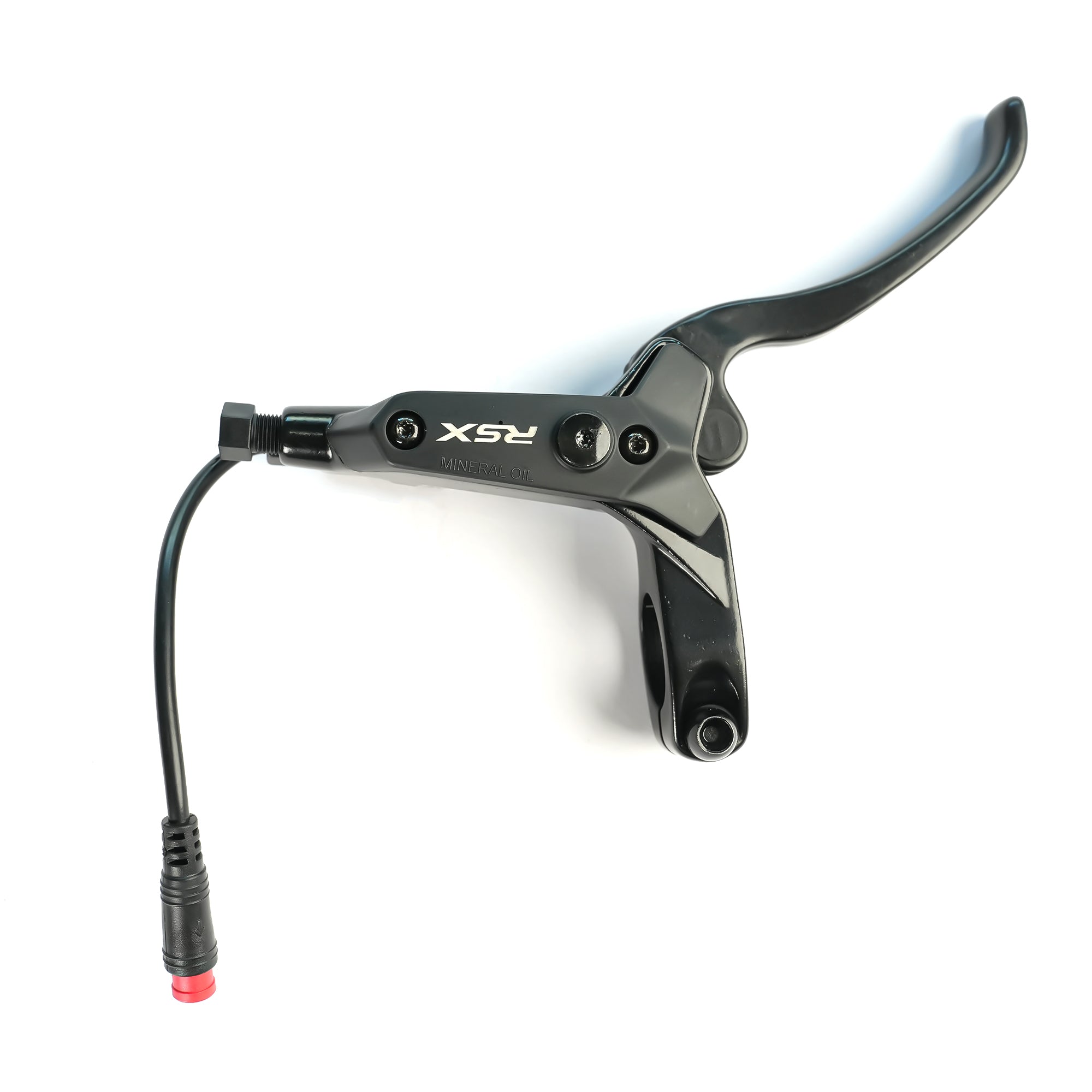
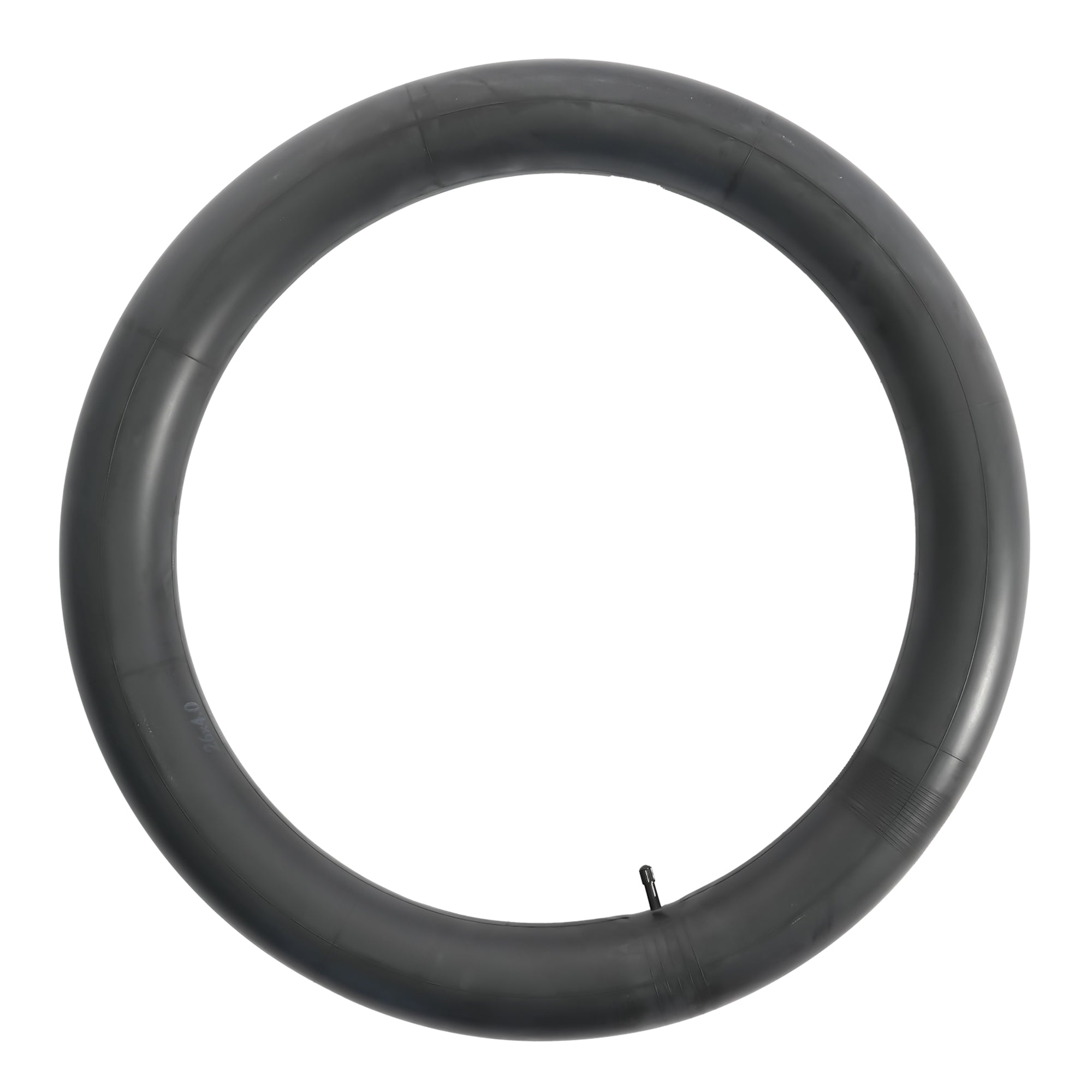
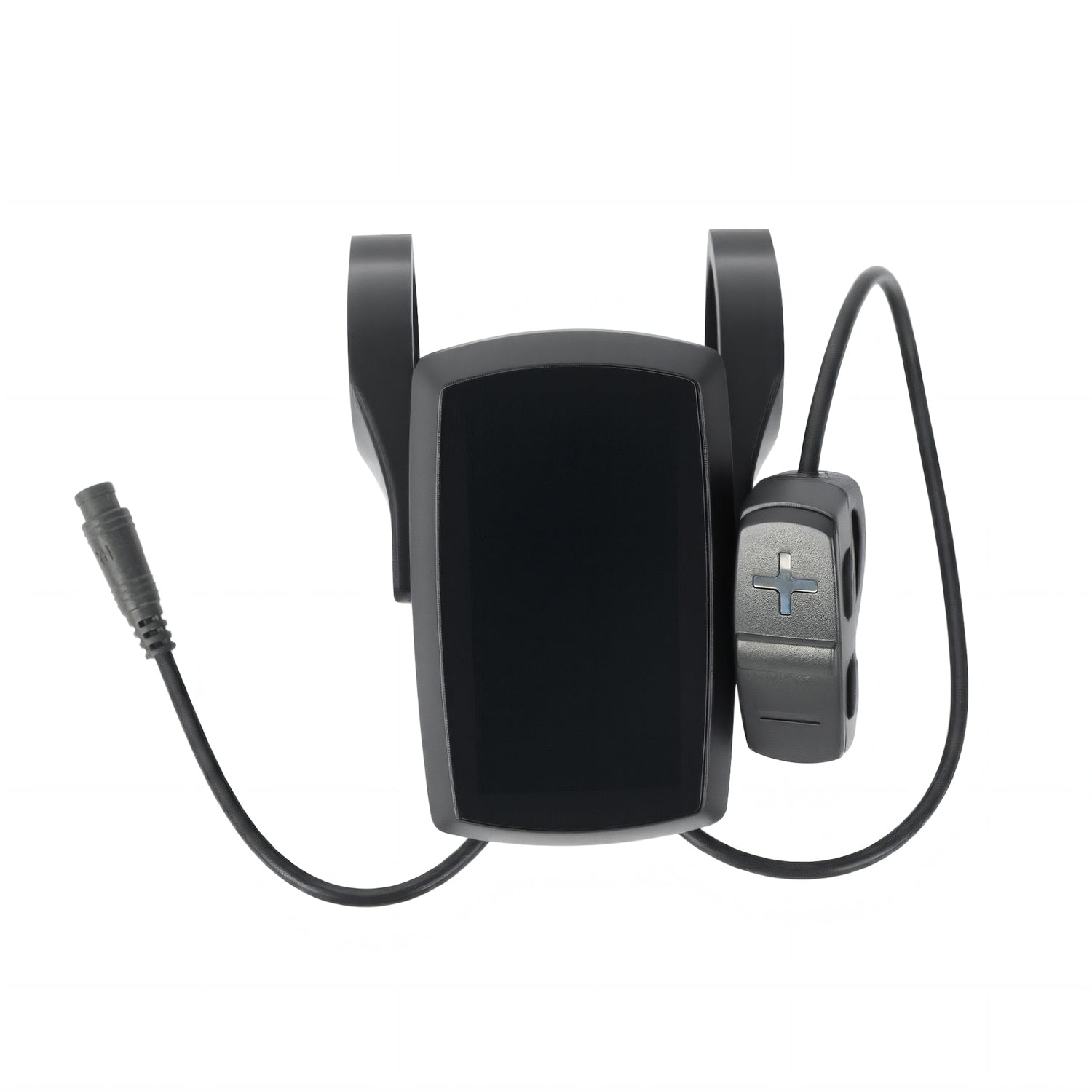
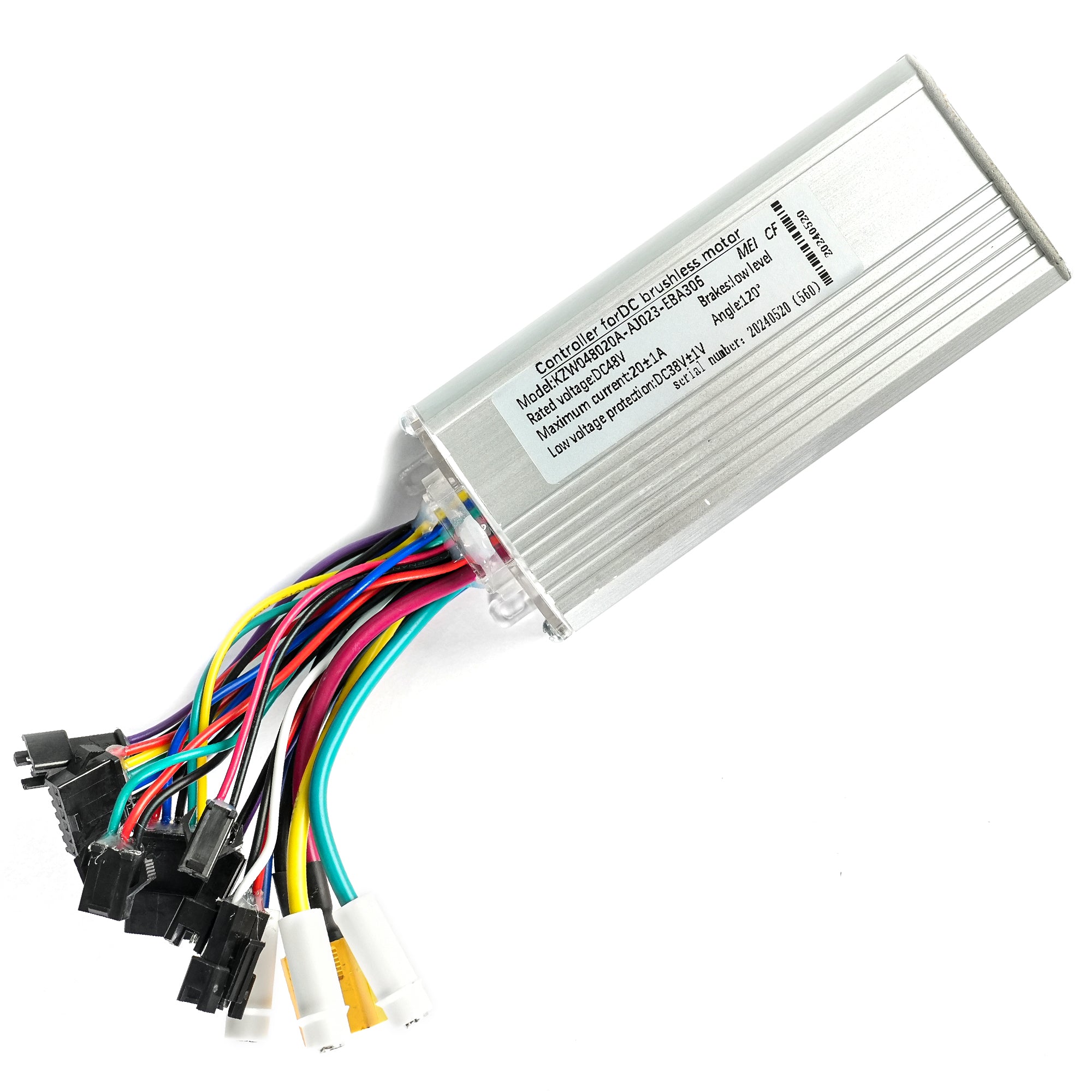
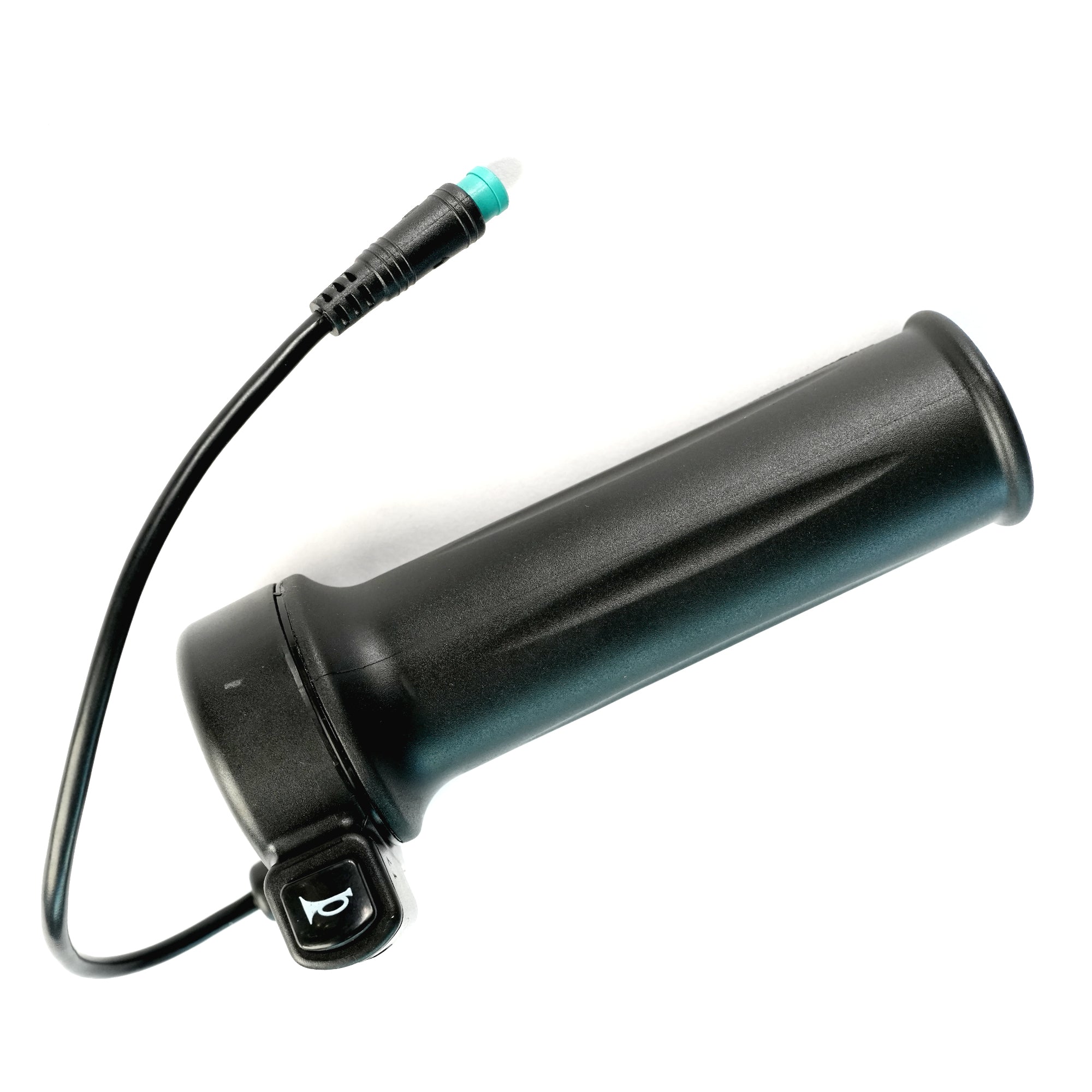
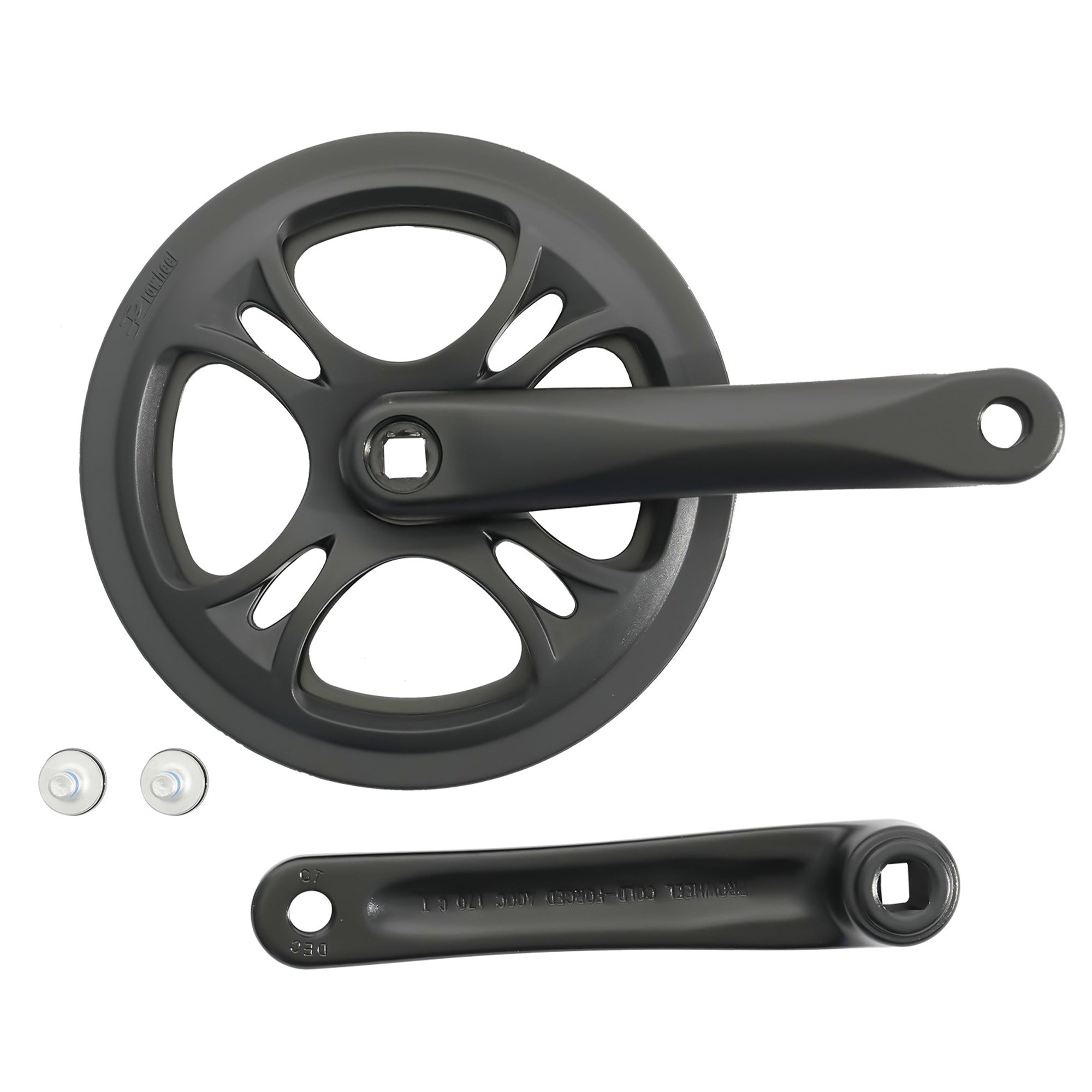
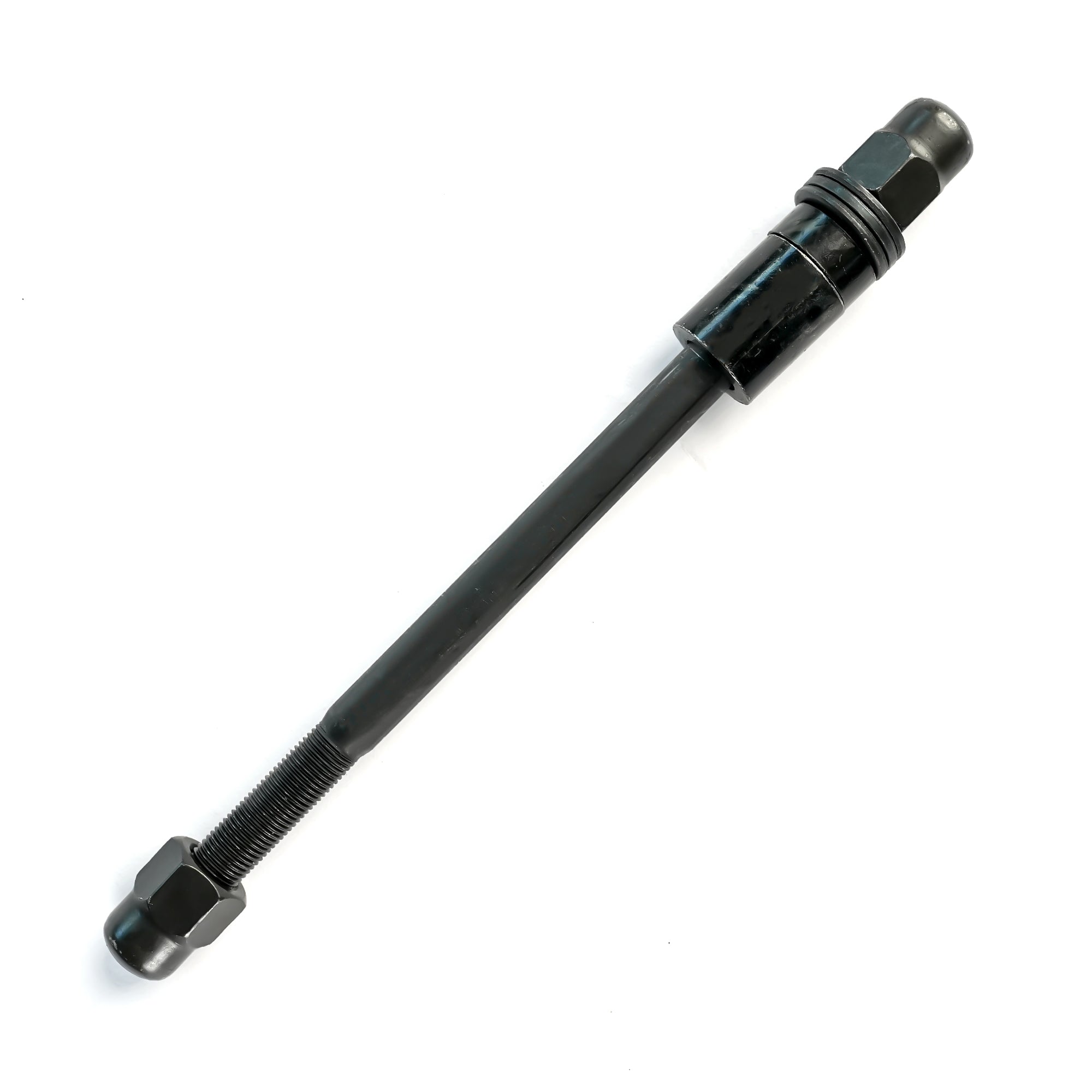
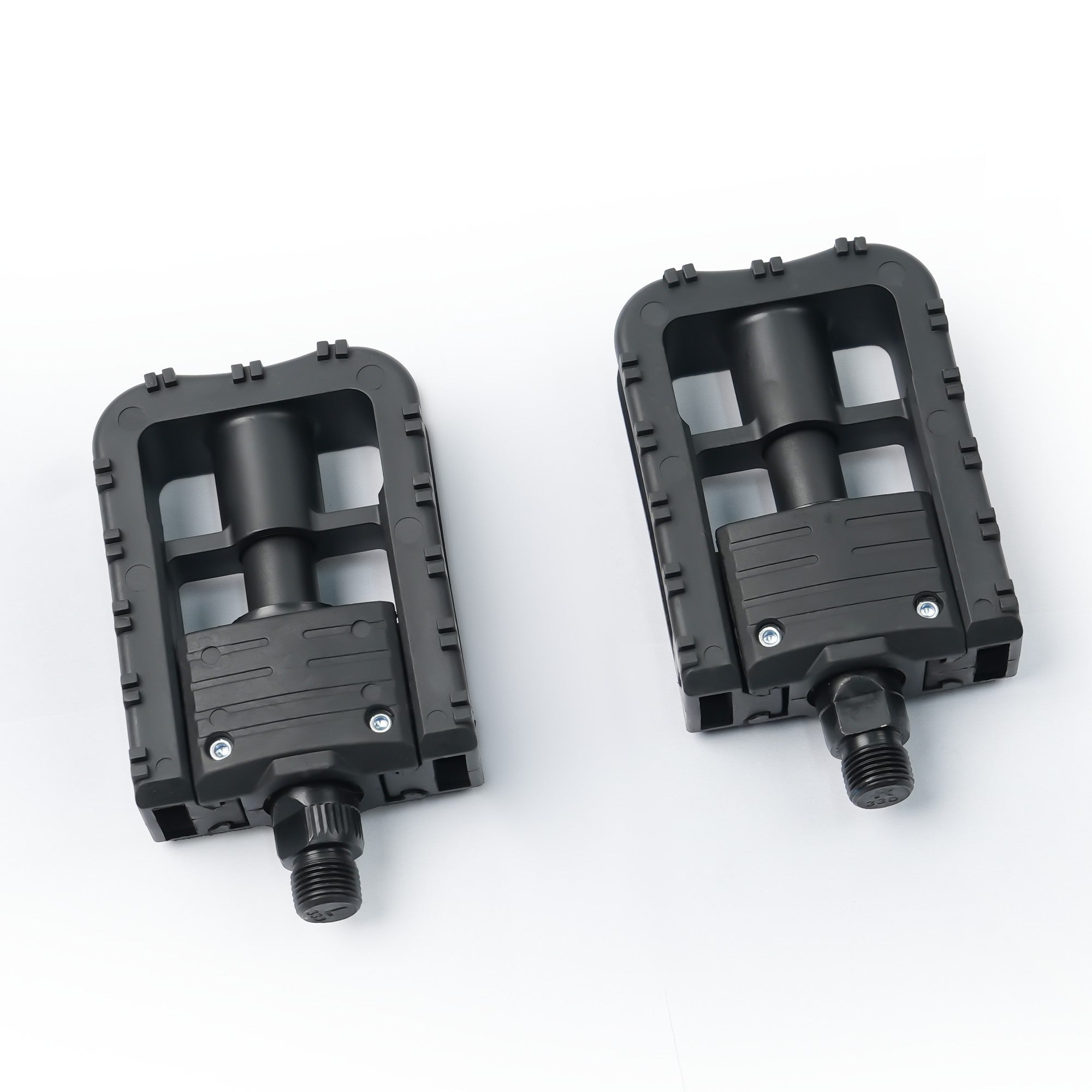
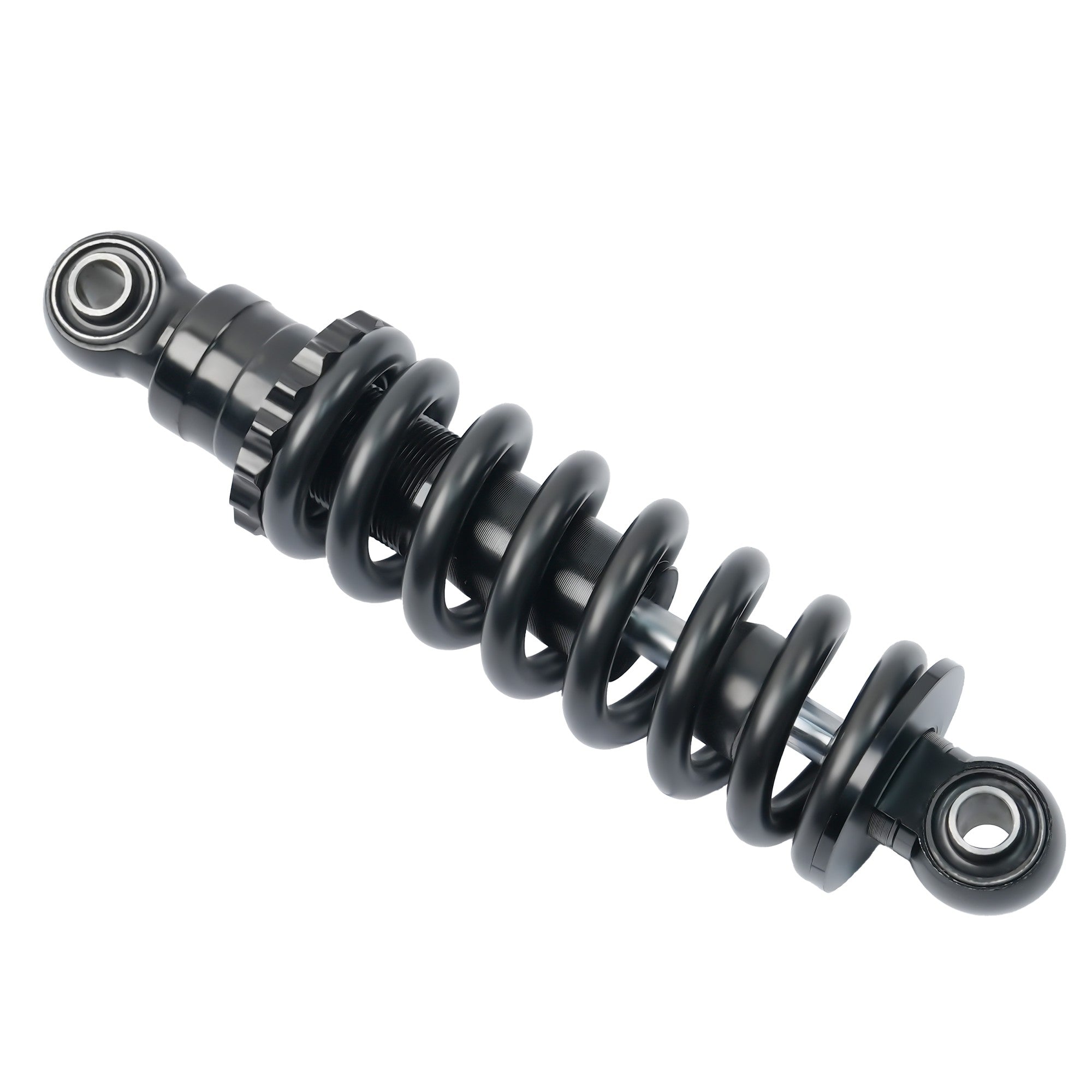
 Payment
Payment Afterpay Financing
Afterpay Financing Warranty
Warranty Shipping Policy
Shipping Policy Exclusive Discounts
Exclusive Discounts Track Your Order
Track Your Order Return & Refund
Return & Refund Referrals & Membership
Referrals & Membership User Manual
User Manual Contact Us
Contact Us FAQs
FAQs


